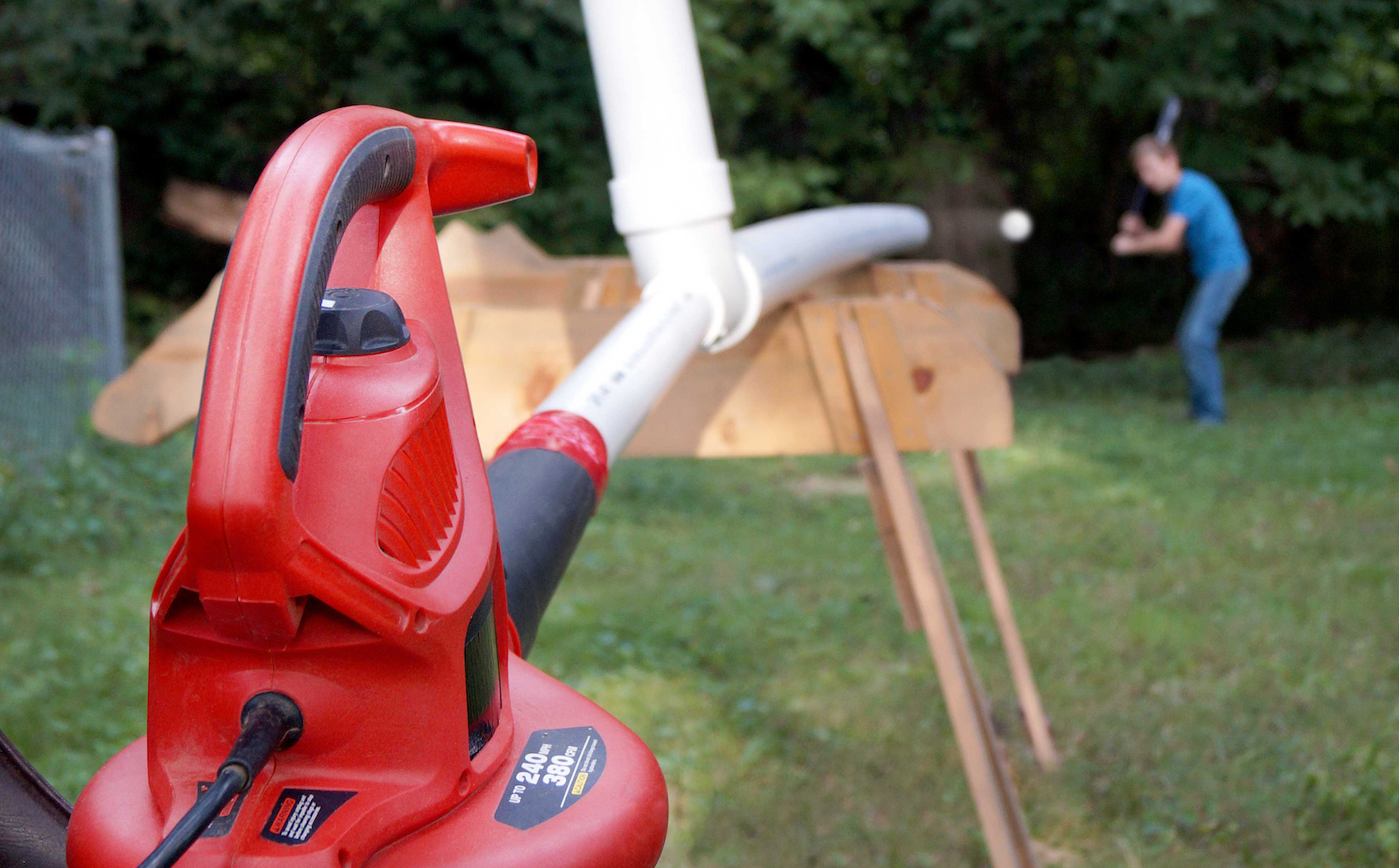
Science marches forward but not always in the direction we want it to go. Sometimes things get invented that, really, I wish were not. Choosing the “worst invention of the century” is a pretty subjective exercise no matter how you go about it. Still, some ideas are just terrible no matter how you look at them.
First, take the 20th century’s worst idea: the baby nuke.
During the dark days of the Cold War, nuclear war meant one thing — mass devastation on a scale so horrific that the mere thought of it normally stops the conversation right there. But in the middle of the 20th century, U.S. Army war planners hit on the idea of waging small-scale, limited nuclear war. Thus was born the idea for something called “tactical” nuclear weapons.
The first artillery-based nuclear weapon was the M65 cannon. Nicknamed Atomic Annie, this weapons system fired a 15-kiloton shell about 7 miles. Soon after Annie’s inception, an even smaller nuclear cannon was developed.

Battlefield nuclear weapons
Code-named Davy Crockett, the small weapons system consisted of a recoilless rifle and small, portable nuclear shell (Figure A). In my opinion, Davy was a terrible rendition of a terrible idea on many levels. The nuclear payload would destroy most everything within a half mile of where it landed and release a cloud of deadly radioactivity in the process. Since the rifle had a maximum range of only about 3 miles, the gunners were bound to get a good dose of radiation themselves, especially if the wind was blowing their way.
Worse, it’s not hard to imagine that if one side used a small nuke, then the other side would respond in similar fashion. After a few rounds of retaliation and counterretaliation, the big ICBMs would likely start flying, after which cockroaches and tardigrades would emerge as the dominant species on the planet. So that’s why I think tactical nukes are the worst idea ever.
OK, enough with the serious stuff. The second worst invention of the 20th century is the leaf blower (Figure B).

Your local home center has lots of gas- and electric-powered outdoor machines that really can make your life better. While I can’t say I love my lawnmower or snow blower, they do serve important purposes. But the leaf blower? Like the Davy Crockett, it’s something that should have never been invented. To subjectively paraphrase Shakespeare, a noisy, consumer-grade leaf blower is a device used “by an idiot, full of sound and fury, and that does almost nothing.”
My former neighbor Big Pete loved his leaf blower. For him, any time was leaf blower time. Instead of using a rake or broom to clean up his yard, he’d joyfully shoulder up his leaf blower and spend a merry hour or two shattering the neighborhood peace with a 100-decibel roar, doing a job that could have likely been done in half the time with a manual tool.
Not only that, these breathtakingly irrational wasters of energy are highly polluting. The typical leaf blower’s tiny and primitive two-stroke gas engine (in which oil is dumped directly into the fuel tank and from there, spewed into the atmosphere) puts out more pollutants per minute than a 3-ton Ford pickup truck, and has a carbon footprint 30 times greater. It’s true that electric leaf blowers are less polluting than gas-powered ones, but they’re still noisy and, in my opinion, they work poorly when compared to a regular garden rake.
So is there any reason on Earth for a leaf blower to exist? Surprisingly, yes. It makes a terrific Wiffle Ball Launcher.
The Wiffle Ball Launcher will accurately (by Wiffle ball standards) pitch ball after ball for games or practice. Made from $25 of plumbing supplies, some scrap wood, and your leaf blower, this project shows off your DIY chops to their best advantage. A key component is an easy-to-find PVC plastic fitting called a “low heel inlet elbow.”
By a miraculous quirk of fate, the 3″×3″×2″ low heel inlet elbow couldn’t be better for turning your leaf blower into a Wiffle ball pitching machine. First, it accepts a 3″ diameter PVC pipe, which is the optimum-diameter barrel for a regulation Wiffle ball. Second, the 2″ inlet matches up exactly with most round leaf blower nozzles.
But here’s the magical part: because of the fitting’s geometry and a fluid mechanics principle called Bernoulli’s Law (see my Remaking History column “Giovanni Venturi and the Venturi Effect”), an object like a Wiffle ball inserted in the top of the fitting will be sucked in and shot out the barrel.















